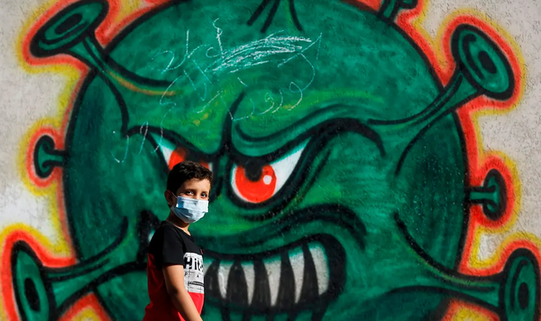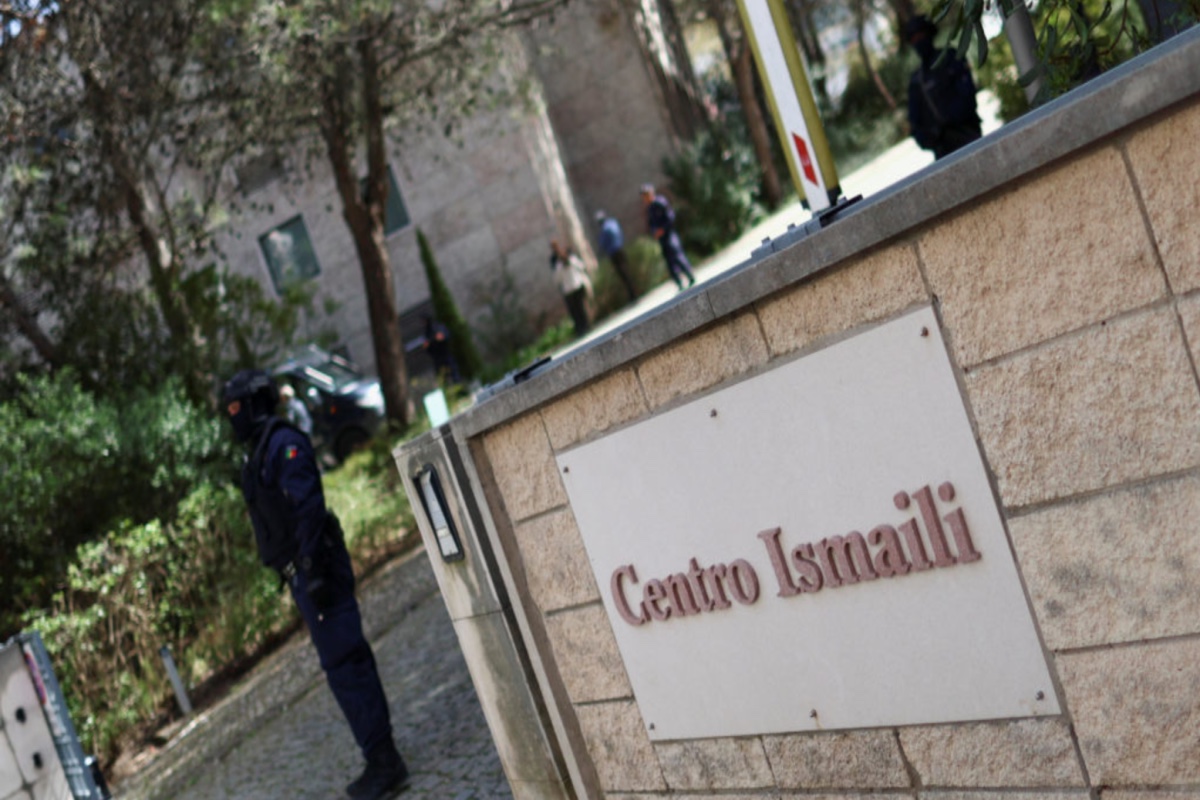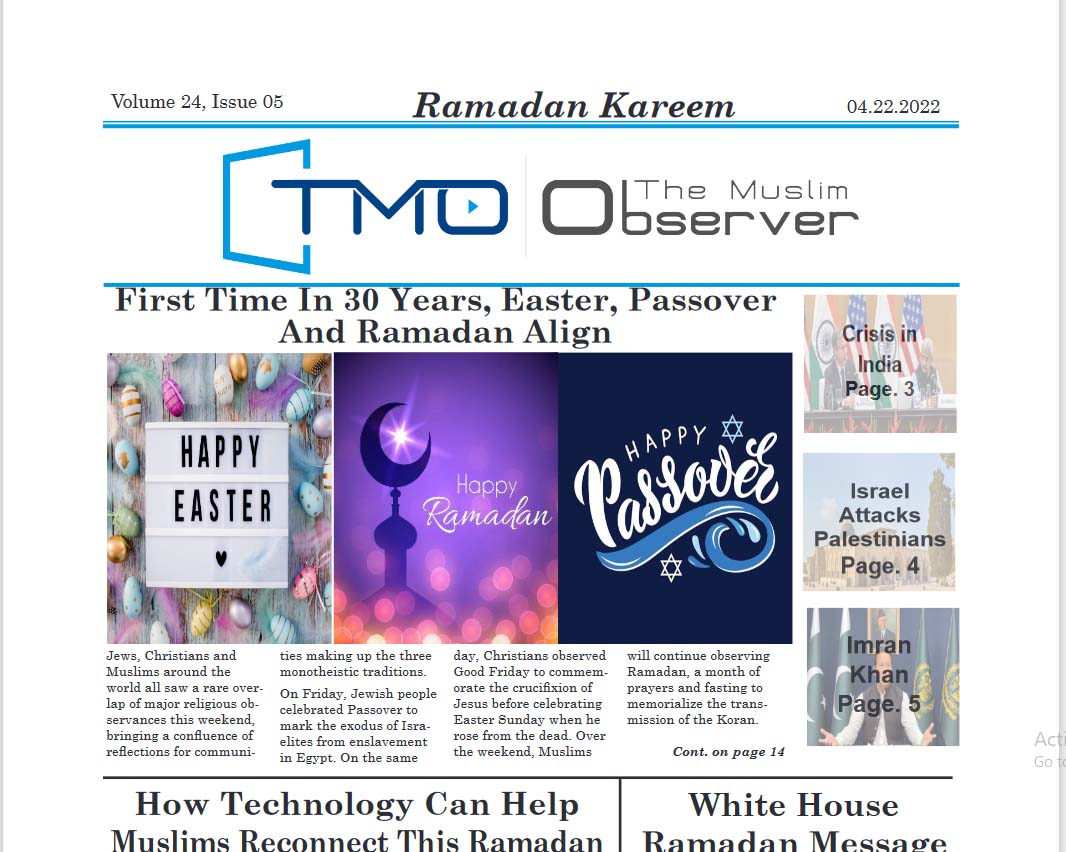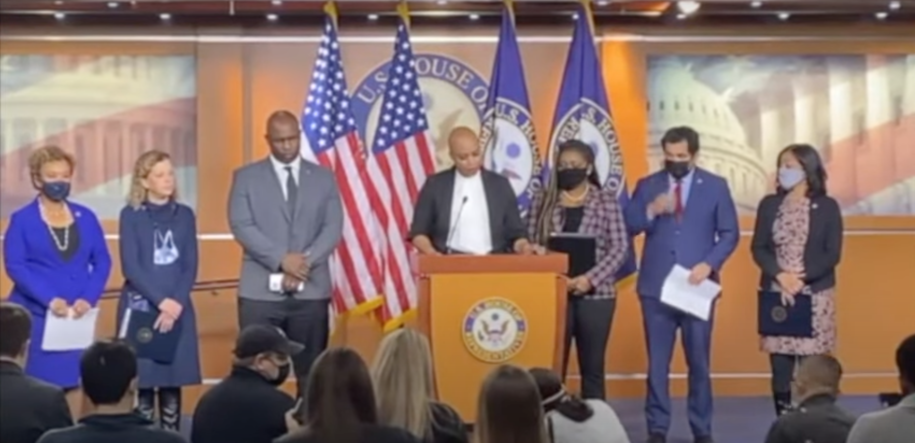Omicron: Emerging answers to the three big questions
This piece was first published on The Incision.
Just as much of the country was settling into that tryptophan-induced Thanksgiving slumber, news emerged out of South Africa of a new SARS-CoV-2 variant of concern. The World Health Organization has dubbed it omicron.
To add to the panic, news of the variant tanked the global market at Friday’s opening bell. The U.S. announced a partial travel ban from eight Southern African countries following leads from countries across Europe. As scientists rush to understand the new variant, it’s been discovered in 15 countries and counting, including right on our doorstep in Ontario, Canada.
Beyond the panic, there are more questions than answers. Let’s cut in to the three most important questions to understand their implications.
Is it more transmissible?
The reason why scientists and the WHO are so concerned about omicron, is that it has up to 50 mutations, 30 of them on its spike protein — the piece of the virus that allows it to dock onto our cells. It borrows some of these mutations from the delta variant and some from the beta variant, and nearly half are altogether new. Taken together, they may make the virus more transmissible and more antibody resistant.
The metric to pay attention to regarding transmissibility is what epidemiologists call “enrichment,” or how fast the variant overtakes other strains to make up the majority of new COVID cases. Indeed, within two weeks of first being identified in South Africa, it has overtaken all other variants. That’s extremely fast. That said, cases were relatively low in South Africa prior to omicron’s emergence, suggesting the variant had relatively little competition. It will face a lot more as it inevitably spreads in European countries facing far more active delta spread right now. That will teach us more about its enrichment and transmissibility.
Is it more vaccine resistant?
The second question is about vaccine “escape,” or resistance. Though there is circumstantial evidence of cases among double-mRNA-vaccinated people, we are still waiting on studies from vaccine manufacturers. These come in two forms, in vitro studies which will look at the reactivity of antibodies from the blood of vaccinated people to the virus, and in vivo studies that will look at the relative risk of breakthrough infection among vaccinated people relative to unvaccinated people.
I want to be clear about something. Though it has some frightening new mutations, omicron is still SARS-CoV-2. It shares most of the same fingerprint with its original cousins, which means that though the new mutations may render our vaccines less effective, it’s extremely unlikely to render them ineffective. So as you hear experts talking about vaccine escape, don’t assume that to mean complete escape.
Nevertheless, major manufacturers are already beginning the process of designing boosters that specifically target omicron. Indeed, one of the advantages of mRNA technology is that redesigning vaccine payloads is relatively simple, involving changing out or adding to the mRNA sequence. Pfizer’s spokeswoman said that the company “can adapt the current vaccine within six weeks and ship initial batches within 100 days in the event of an escape variant.” Moderna has suggested a similar timeline.
To the unvaccinated, omicron raises even higher concern. One of the most common excuses that the unvaccinated make is that they already “have antibodies” from a previous infection with COVID. But acquired immunity tends to be more specific to the variant with which an individual was infected and less durable over time. Considering that the appropriate course of vaccination for adults is now three doses, the advantage of vaccine-mediated immunity over acquired immunity in the setting of omicron is now likely far greater.
Is it more severe?
Thankfully, early, though circumstantial, evidence suggests that that’s unlikely. South African doctors who first treated omicron patients have suggested that disease severity could even be lower than other variants. Dr. Angelique Coetzee, chair of the South African Medical Association said, “we don’t see severely ill patients.” That said, that evidence is highly circumstantial. The majority of early omicron patients have been relatively young, and therefore less likely to suffer severe COVID symptoms in the first place. There’s a lot more science between here and a rigorous answer regarding the severity of omicron. As omicron infects a broader swath of the population, we’ll learn more about its severity.
The emergence of a more transmissible, less severe variant of the virus is in keeping with the evolutionary pressure on viruses in the first place. Permit me some personification here: the virus’s “goal,” evolutionarily, isn’t to make you sick — it’s to spread to as many people as possible. Toward that end, evolving for transmissibility makes obvious sense. But so does evolving againstseverity. More severe illness both kills hosts and prompts behavior that reduces spread, such as isolation.
The emergence of a new more transmissible, but less severe variant of a pandemic RNA-based virus has some precedent. One hypothesis regarding the end of the 1918 flu pandemic was that a more transmissible, but ultimately less severe, form of the virus emerged. This variant infected so many people that the majority of the population acquired immunity, reducing the number of vulnerable hosts and ending the pandemic. Yet there remains substantially more to learn about the severity of this variant, and the trajectory it could have on this pandemic overall.
What does it mean?
The consequences of this pandemic, as we’ve discussed, are not limited to the virus itself, but all the ways the virus has interrupted our lives. For many, last week offered a glimpse of what going back to normal could be. And yet, nearly two years into this, as “over” the pandemic as we may be, the pandemic isn’t yet over with us.
Whatever we learn about omicron’s capacity for vaccine escape, vaccines will remain the most important tool in our arsenal. That can’t just mean a three-dose vaccine for folks at home, but massive access to vaccines abroad. It also means that tools we have yet to use effectively — like mass testing and contact tracing — are particularly critical now.
And then it’s the basics. Mask up. Back up. Wash up … and buckle up, because this ride’s not over yet.





















2021
1,854 views
views
0
comments